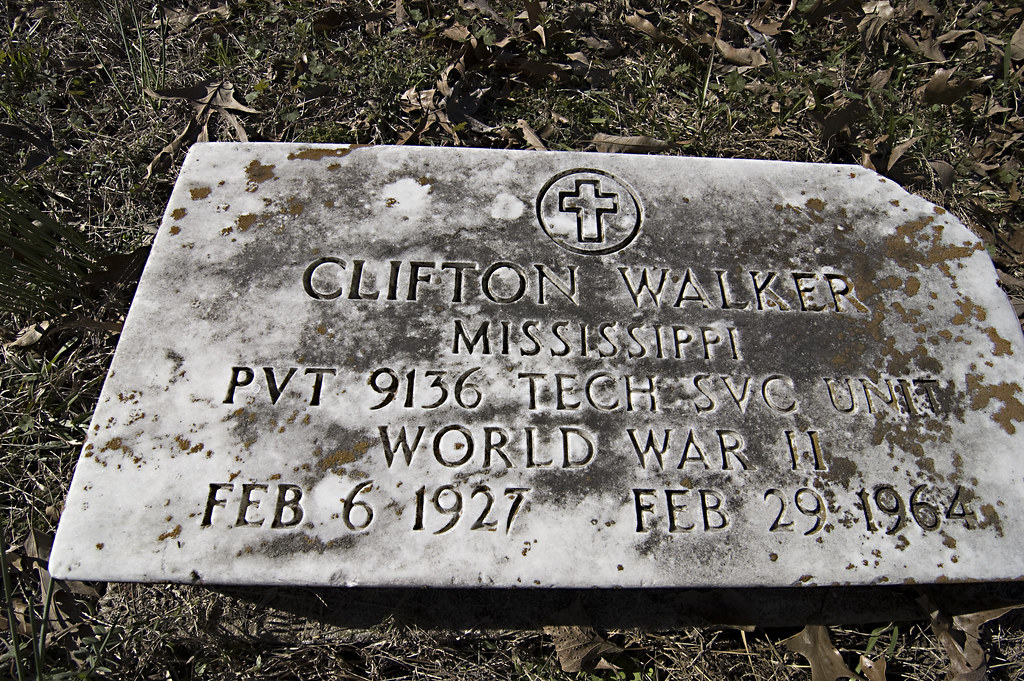
In October, I was in Mississippi again, following leads in my investigation of the 1964 murder of Clifton Walker, a black man from Woodville, MS.
Driving home from the swing shift at the International Paper plant in Natchez, MS, Walker was ambushed by Klansmen, who stopped his car on a deserted road and blew his face off with shotguns in the dark of night. He never made it home to his wife and five children. He was 37 years old.
The Mississippi Highway and Safety Patrol and the FBI investigated for nine months and identified numerous suspects—including two who were recommended for arrest—but no one was ever charged.
This post works around the edges of the story to convey a little of what it’s like to conduct a real-time investigation of decades-old events. I’ll be publishing an in-depth article about the case soon.
The Tip
“One of my cousins, who still lives in Woodville, told me Emma’s in Centreville,” came the excited voice over the phone. “She just opened up a club there.”
There are two towns in Wilkinson County, MS—Woodville, which is the county seat, and Centreville, which is 15 miles east of there.
The caller was one of Clifton Walker’s nephews. I had just met and interviewed him for the first time the day before in Louisiana. In 1964 he and his family lived on the same 87 acre family plot of land as Walker and his family.
This was big. 1964 Mississippi Highway and Safety Patrol documents said Emma, a black cook at the truck stop where Walker’s murder was allegedly planned, had knowledge crucial to solving the case. I had found subjects in the documents and confirmed others dead, but I had nothing on Emma, past or present.
“Did your cousin say the name of the club or where it is?” I asked Walker’s nephew.
“No,” he replied, “she didn’t mention that.”
Centreville is a small town of 1500 people. Finding a club that just opened up there didn’t seem daunting. The town is 45 miles from the hotel where I was staying in Natchez. I got into my rental car and drove there.
Main Street in Centreville is about eight blocks long. I parked my car near the western end, got out and started walking east. After a few blocks, I passed a small group of young black men near the corner of West Park Street and noticed a little place down that road that looked like a bar. A number of people were standing around outside. Was that Emma’s “club”?
After another block, I came to the Camp Van Dorn World War II Museum—the tall, box shaped, single-story brick building might have once been a bank or post office; the brown paint looked newer than the paint on any of the other buildings. Camp Van Dorn was an army base that operated in Centreville from 1942-1947.
It wouldn’t take long in such a small town for rumors about my work to spread widely. Maybe inside the museum I could get into a conversation that would reveal what I needed to know without asking direct questions about Emma.
The door was locked. The museum closed at 4:00 pm, and it was already after 5:00. I turned around and started walking back in the direction of my car and tried to come up with Plan B. One of the guys from the street corner was now standing across the street from me.
He called out: “What’re you looking for?”
His name was Robert. I had my camera over my shoulder. I said I was from Boston.
“Boston, Massachusetts?” he asked, “where they have whales and shit?”
Robert suggested beers; I assented, thinking we might go to the place on West Park, but he took me down the block to McKey’s Grocery.
“What kind of beer you drink?" he asked. "I drink Bud Light."
“That’s fine. Hey, it’s on me,” I said, giving him a 20, “just give me the change.”
He came back a few minutes later with two 24 oz Bud Light cans.
“Seventeen dollars and three cents. Let me hold some of that for you,” Robert offered. “I’ll take you out to Camp Van Dorn and show you underground bomb bunkers, old torpedos and shit like that. You might take a few pictures of me standing in a cave.“
“Thanks,” I answered. “Maybe if I make it back here, but I need to get back to Natchez soon.”
We walked another block, crossed the street and walked a few feet down West Park and sat down on a stoop in front of an old pair of forest green double-doors.
His friends started coming by.
“This guy is a photographer from Boston,” Robert said.
Robert grabbed one of his buddies and started posing and flashing gang signs.
“Snap me. Don’t forget to snap me.”
One guy pulled off his shirt to show off his tattoos from prison.
“You make sure you take this shit back to Boston, Massachusetts.”
“What kind of white girls you got up there in Boston? They freaky?”
I gestured towards the bar down the block. “How long has this place been around?”
“A long time. Years.”
I snapped more photos of Robert’s friends.
Robert leaned over to me, saying, “They see you sitting here with me, so you’re cool. Why don’t you let me hold that 10 for you?”
It was getting dusky and it was time to go.
At the street corner one of the guys started asking me for $5 for a pack of t-shirts.
I thought about where else I could ask around about Emma's club, but it was definitely time to go.
I heard them calling out as I walked back to the car. I didn’t turn around. I got into the car and drove down a side street to weave my way back to Highway 24.
I called Walker’s nephew from the car and told him I didn’t find Emma’s place.
The Source
In the morning, I drove to the Natchez Coffee House, got some breakfast, used the wifi and sorted through some of my photographs. At around 11:00 am, I went out to my car to call the Woodville cousin who was the source of the information that Emma had a club. Her mother, now deceased, was another of Clifton Walker’s sisters. All of Walker’s 10 siblings are dead.
“Why did he go and run his mouth off like that without knowing the facts?”
She was exasperated.
“Emma opened a new club there. But it was twenty-five years ago,” she said. “I was a little girl when I heard it. I went to Centreville with my mother. Emma walked past us in the store we were shopping in. Mama said, ‘if it wasn’t for that woman, my brother would still be alive.’”
“Is Emma still there? Is she alive?” I asked.
“I have no idea.”
It was a 25-year-old tip.
Return to Centreville
I decided to visit the office of Centreville Chief of Police Jimmy Ray Reese.
“It was over him either using the white restrooms or drinking out of the white water fountain” at International Paper, Chief Reese told me.
Reese said he knew all about the Walker case. He said a number of things I hadn't heard others say before.
“Back in those days they had the signs, you know. He'd been told don't do one or the other. And apparently he did and he was found shot with buckshot. Something like 250 holes were found in his car. I think a tree might have been cut across the road and he might have gotten out to check on the tree and they shot him.”
I told him about Emma.
“Yeah I know her,” he said.
“She still around?” I asked.
“Yup," he replied, "I talked to Emma last week. She was involved?”
It was no longer dated hearsay. Emma was alive.
“She’s mentioned in the documents as having knowledge,” I explained, trying to not speak too excitedly.
“I’ve been in law enforcement in this town 33 years, 34 years in January. She’s been here ever since then,” Reese said. “She ran a big night club. I know her quite well, and we always got along good.”
“When she ran that juke, I was the deputy and we had a lot dealings,” Reese continued. “A lot of them at these jukes don’t like to tell you who was fighting, but she’d always point em out to me and have em arrested and try to stop things. She tried to run a pretty good place. She had a lot of pull back in them days.”
I finally met Emma the next morning. She was 81 years old, tall, even as she bent to use her cane. She had small, braided pigtails pinned tightly behind her ears. She was getting over the flu and was wearing a white, terrycloth robe. Her recollections comported with details in the 1964 Mississippi Highway and Safety Patrol documents.
"They come down there and they questioned me," she said. "They knocked on the door, I answered the door and they just pushed the door on over."
After the murder she was living in Louisiana.
"They brought me big pictures. He was laying there with blood, he was full of blood and I didn't look at them cause it was horrible."
She clearly had not forgotten it.
Did she have information crucial to my investigation? She sure didn't think so, but that remains to be seen.
(Cross-posted on The Civil Rights Cold Case Project blog.)
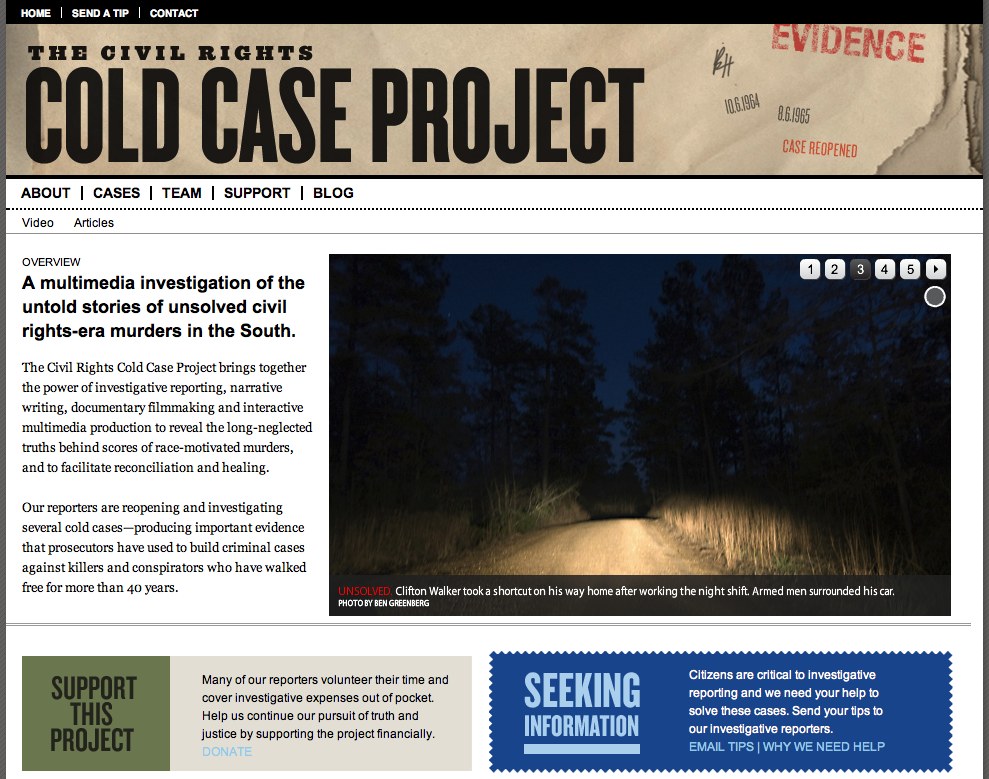

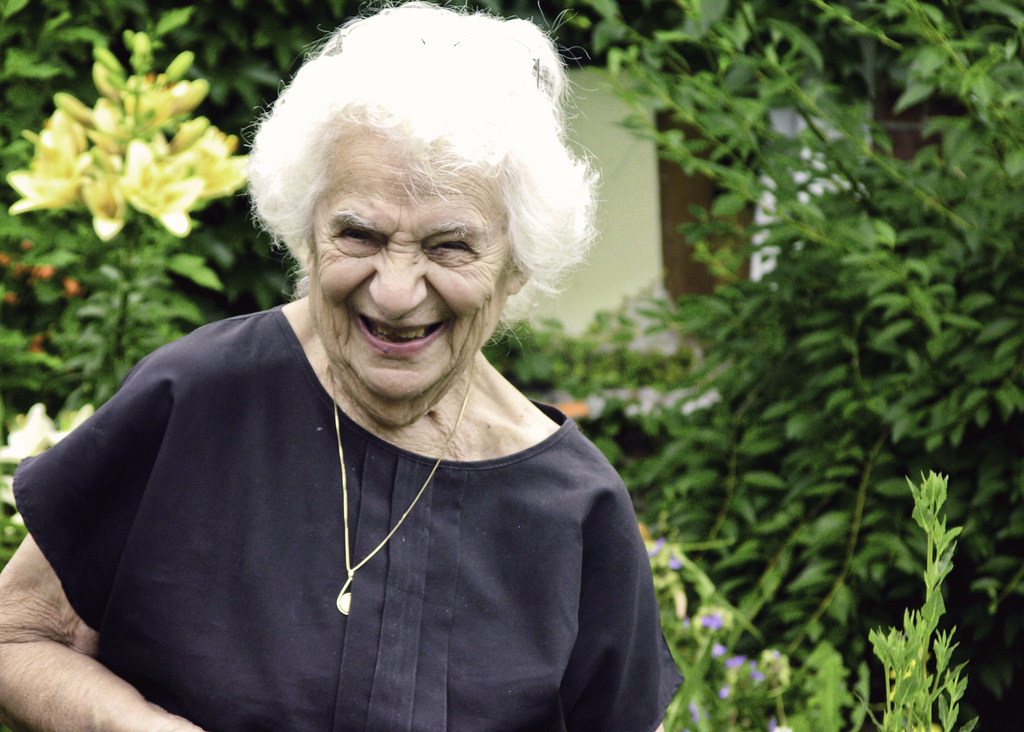


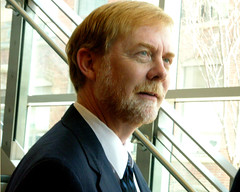
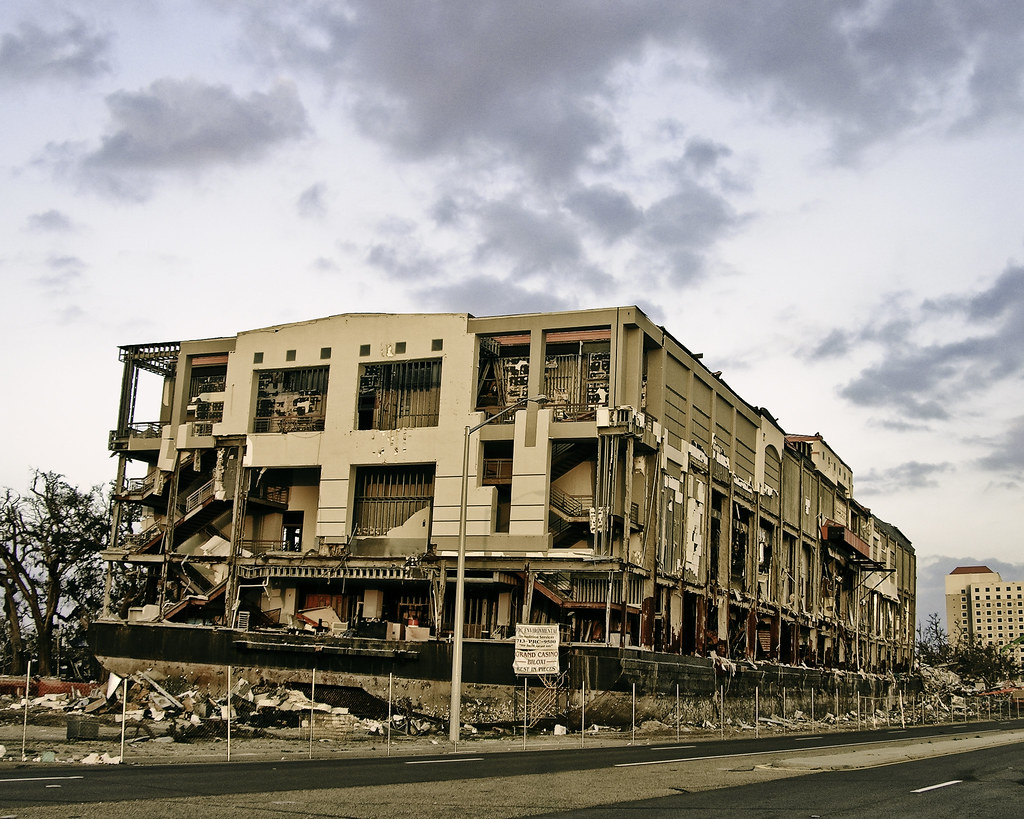
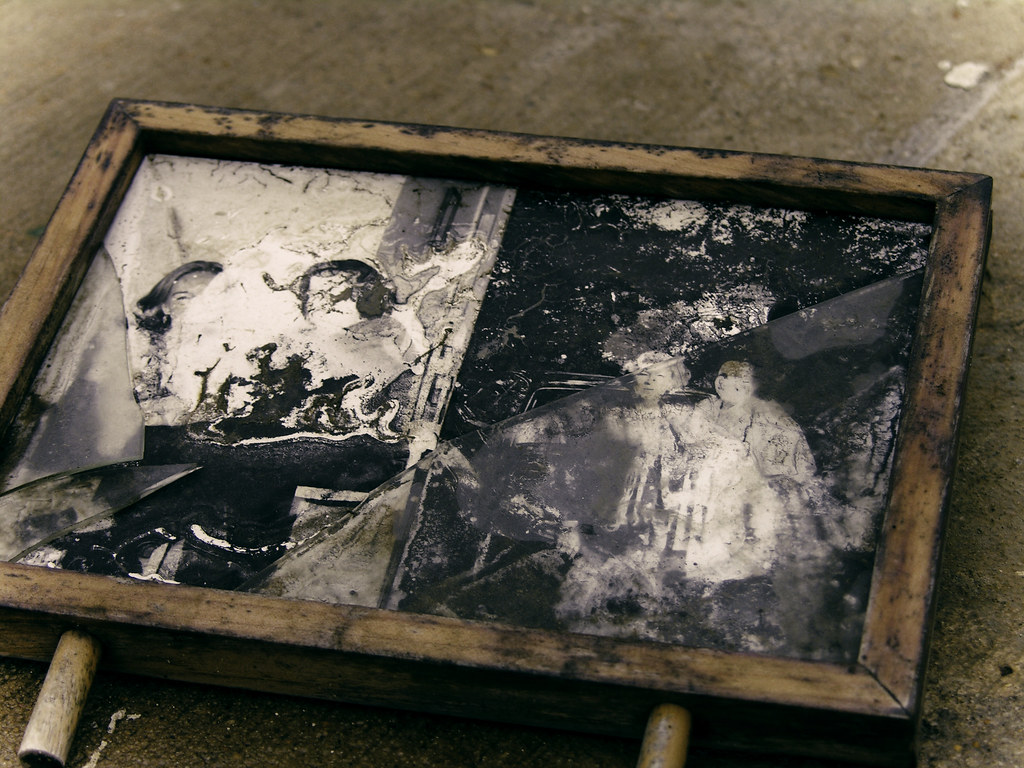
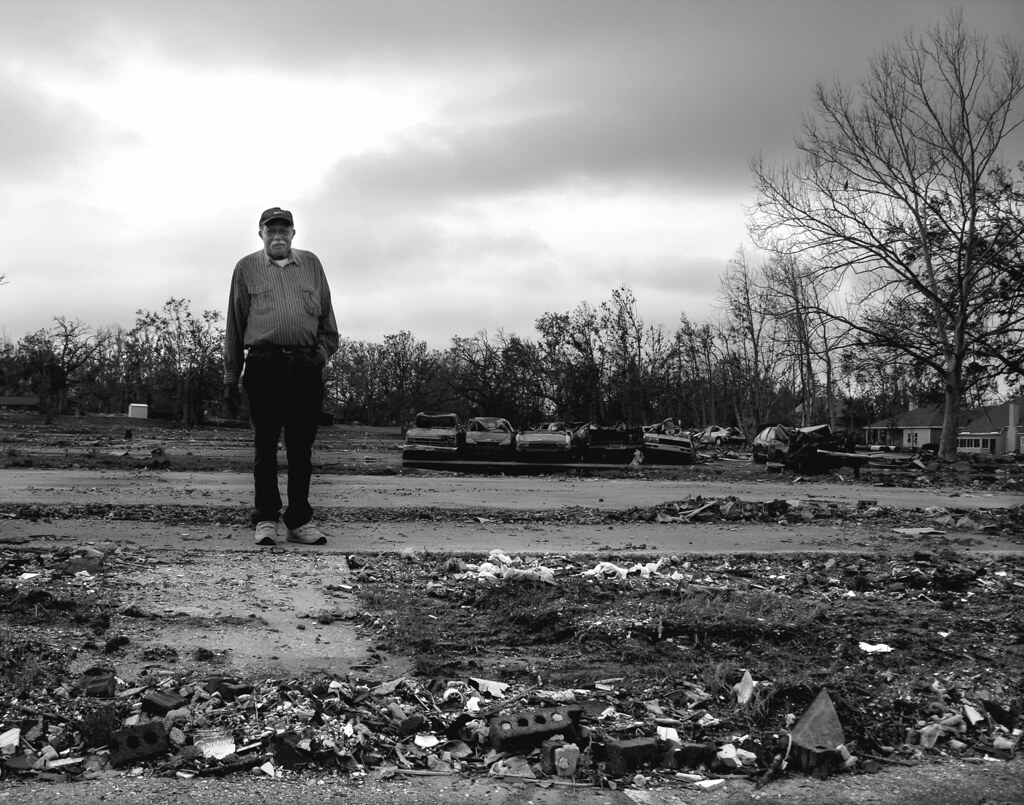
 In this time of rapid economic change, the power of organized labor seems to be in decline. But new organizing strategies are emerging to challenge corporate power and the globalization of capital. Real World Labor examines the most pressing issues facing workers today: fundamental changes in the nature of work and wages; new legal impediments to union organizing; the persistence of racial and gender discrimination; migrant workers’ struggle for dignity; militarism and its harmful effects on the working class; union responses to the global financial meltdown; and new forms of rank-and-file organizing and resistance.
In this time of rapid economic change, the power of organized labor seems to be in decline. But new organizing strategies are emerging to challenge corporate power and the globalization of capital. Real World Labor examines the most pressing issues facing workers today: fundamental changes in the nature of work and wages; new legal impediments to union organizing; the persistence of racial and gender discrimination; migrant workers’ struggle for dignity; militarism and its harmful effects on the working class; union responses to the global financial meltdown; and new forms of rank-and-file organizing and resistance.








Recent Comments